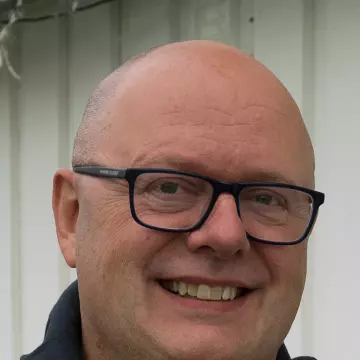THIS CONTENT IS BROUGHT TO YOU BY Nofima The Norwegian Institute of Food, Fisheries and Aquaculture Research - read more

Consumers need to accept algae and insect meal in salmon feed
Consumers find the thought of using insects and microalgae in salmon feed hard to digest. Most people do not even know that wild salmon eat insects in the rivers.
“The respondents loved eating salmon, but did not know much about the fish,” says Katerina Kousoulaki.
She is a senior scientist at Nofima, and is currently leading a project aimed at creating sustainable salmon feed from algae and insect meal.
In the future, the salmon industry will require a greater diversity in sustainable raw materials which are beneficial to both salmon and the environment. Microalgae and insects are promising raw materials.
In this context, she has been listening in on focus groups where French consumers of salmon have discussed their beliefs and thoughts.
“My impression is that we need to educate the consumers,” Kousoulaki says.
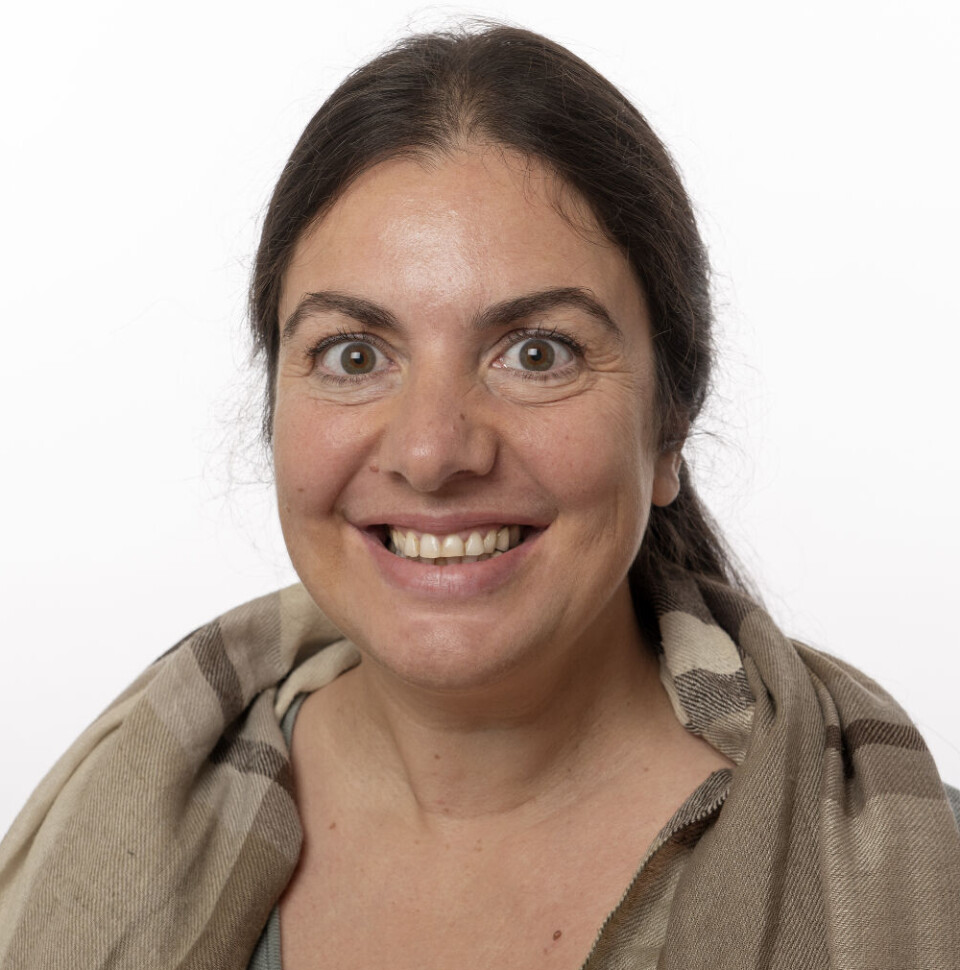
Misconceptions abound
It turns out that consumers know very little about Norwegian salmon. What's more, they think they 'know' several things that are in fact wrong:
“Everyone was sure that farmed salmon contains lots of antibiotics – which is not correct. They like to eat salmon, but they don’t know much about how it is produced,” she says.
When the existing knowledge is lacking, it becomes even more challenging to talk about feed with new raw materials.
“If you ask people what salmon eat in the wild, many will answer algae and shrimp. However, salmon don’t eat algae, and they don’t eat much shrimp, either. They mainly feed on fish, and in rivers, they feed on insects,” Kousoulaki explains.
She adds that many of the surveyed consumers had a positive attitude towards using algae in fish feed, but did not think that insects were natural for salmon to eat.
The need for more feed
François Saulais in the multinational retail group Auchan is tasked with selling Norwegian salmon to French consumers.
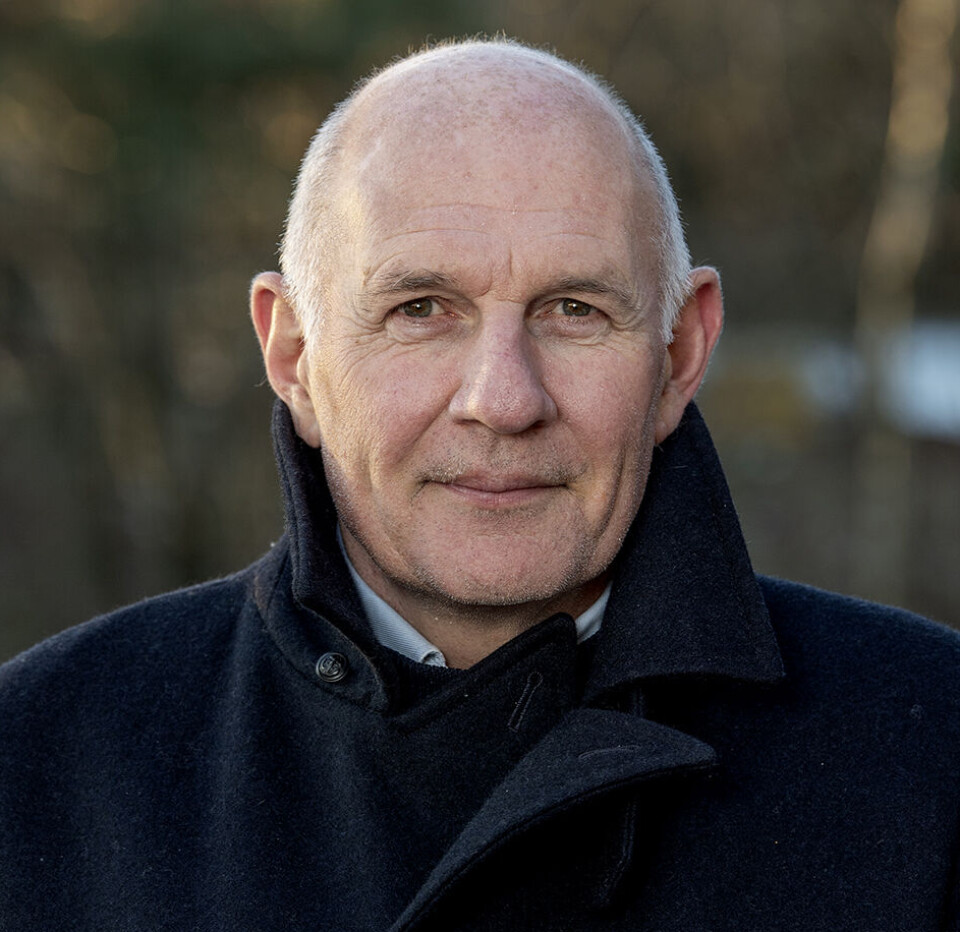
“Our customers’ knowledge about the products they buy is not as good as we would like. This does not come as a surprise to us; the only surprise is that more people than we thought believe that fish farmers use antibiotics and growth hormones, a misconception we need to address,” says Saulais.
He is the international coordinator for the seafood division, responsible for studying and helping to develop the aquaculture segment and to propose value chains that ensure deliveries of high-quality and more sustainable fish for all the countries in which Auchan operates.
In is work, he has seen how important it is to develop new sustainable feeds for both salmon and other species:
“When we look at the needs in aquaculture industry's projected increases in production demands over the next 20 to 30 years, we see that current feed supply levels are insufficient. That is why Nofima is taking the initiative to find alternatives,” he says.
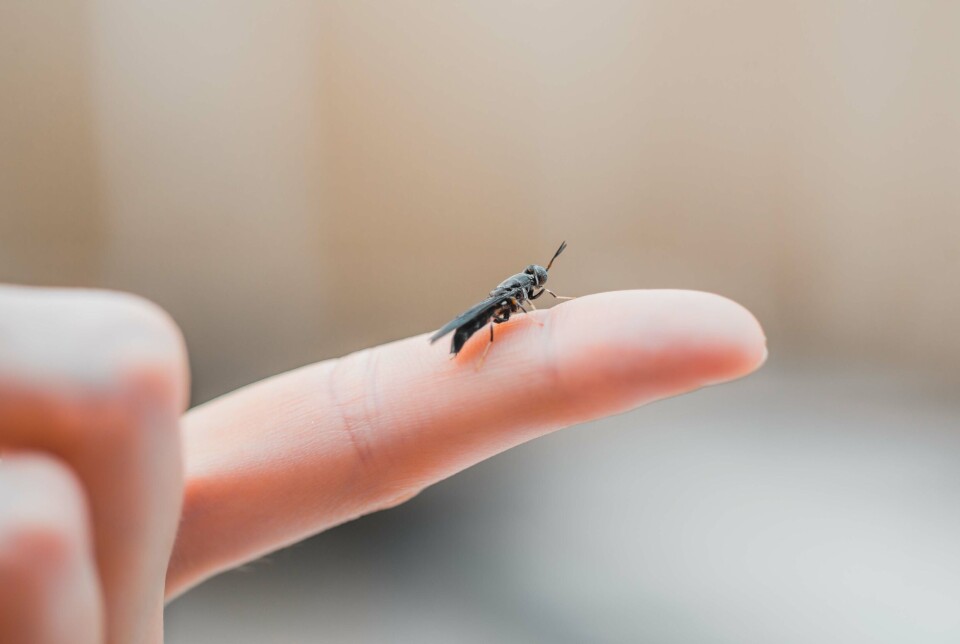
Sceptical about insects
Market expert Sandra Bretagne is a leading partner in the consulting company Insightquest, which conducted the consumer survey using focus groups on behalf of Nofima and Auchan.
She is confident that it is possible for consumers to accept salmon being fed more insects and algae – but it will take time and focused communication efforts.
“We need to start the communication on a very basic level. Consumers have little knowledge about industrial processes,” says Sandra Bretagne.
She highlights an example with a completely different product: Shampoo.
“Do you know anything about the industrial processes behind the production of shampoo? Very few do. And that’s how it is with the food people eat, too – they tend to have only very superficial knowledge," she says.
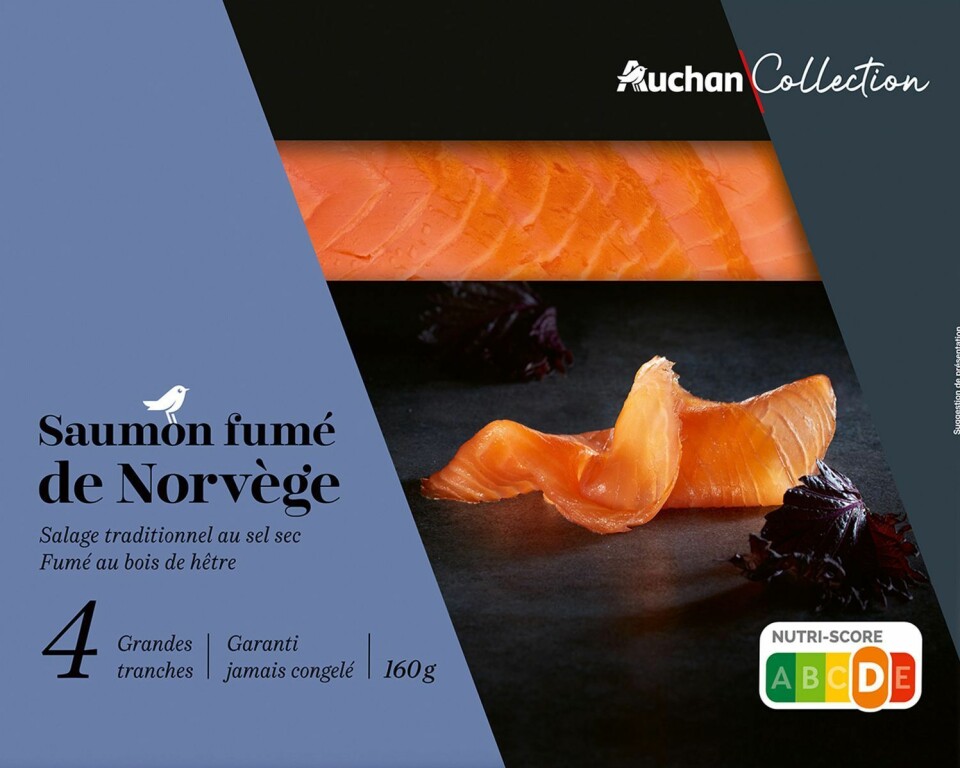

This content is paid for and presented by Nofima The Norwegian Institute of Food, Fisheries and Aquaculture Research
This content is created by Nofima's communication staff, who use this platform to communicate science and share results from research with the public. Nofima is one of more than 80 owners of ScienceNorway.no. Read more here.
More content from Nofima:
-
Red algae grown in wastewater from fish-farming facilities could become sustainable salmon feed
-
Pumpkins are good for more than just Halloween decorations
-
This is how temperature affects a salmon's health and growth
-
Study: Omega-3 and zinc is a powerful duo for salmon
-
Fish may turn yellow if frozen too fresh
-
Is it better if food is packaged in plastic or paperboard?







